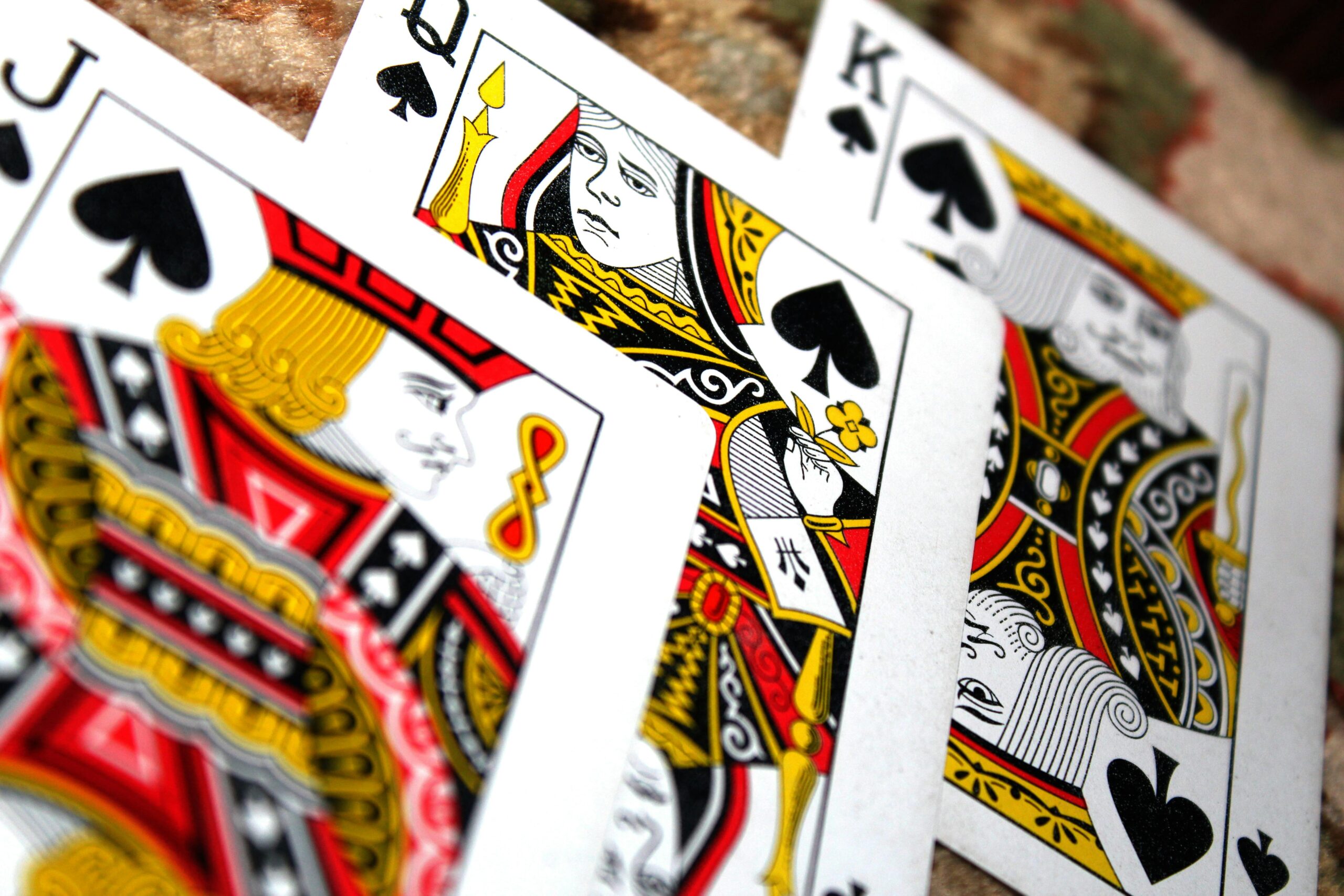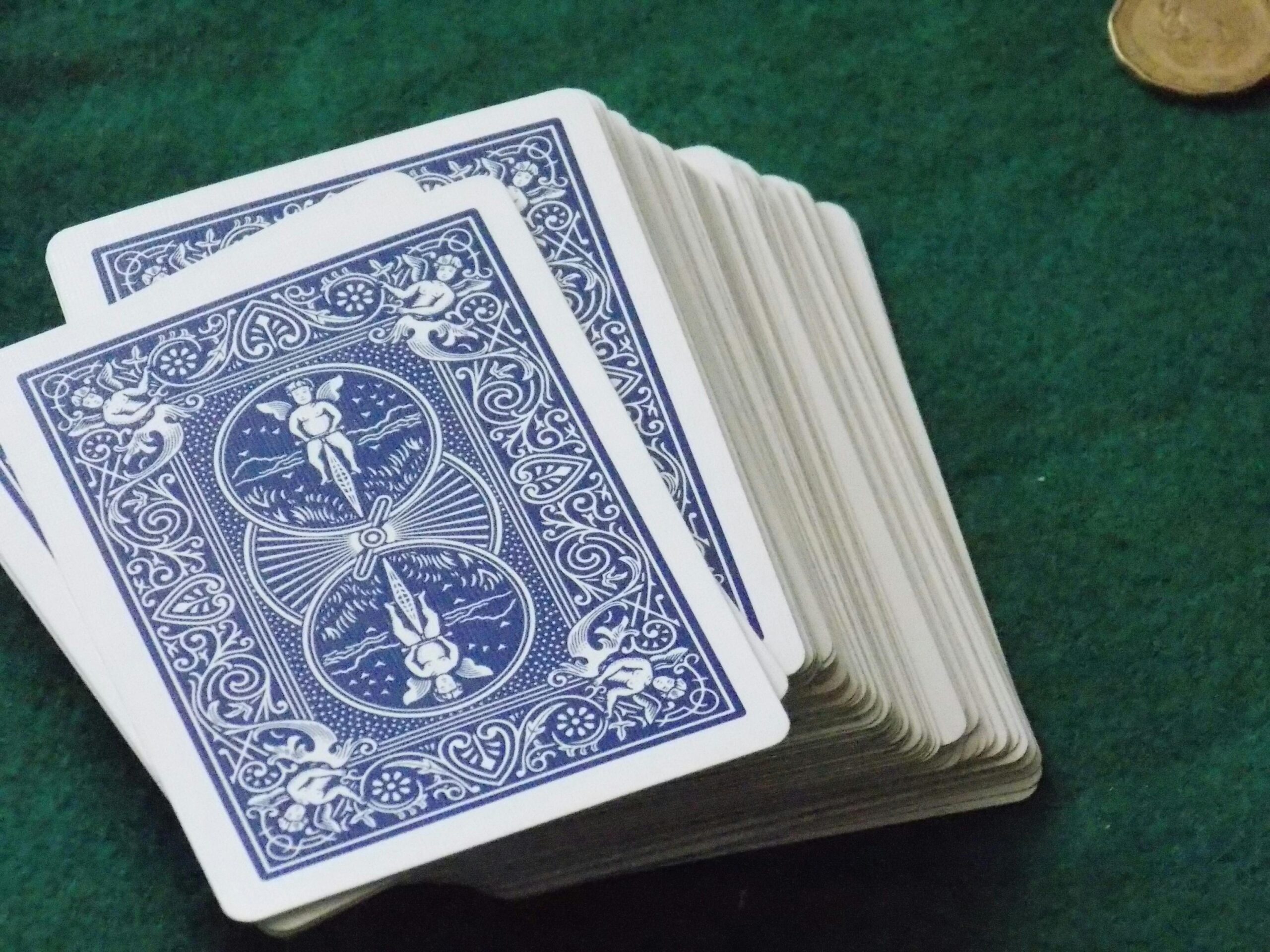Belote is a captivating card game of French origin, loved by players around the globe for its intriguing blend of strategy, luck, and partnership. This guide aims to provide newcomers and experienced players alike with a comprehensive understanding of the essential rules of Belote, helping you to not only play but master the game. With strategic insights and gameplay tips woven throughout, this article is your first step towards becoming a formidable Belote player.
The Basics of Belote
Belote is typically played by four people in two teams. The game uses a standard 32-card deck, with cards ranking from high to low: Ace, 10, King, Queen, Jack, 9, 8, 7. The aim is to accumulate points by winning tricks containing valuable cards. Here’s a quick rundown:
- Ace – 11 points
- 10 – 10 points
- King – 4 points
- Queen – 3 points
- Jack – 2 points
- 9, 8, 7 – No points
Starting the Game
To begin, the dealer shuffles the deck and deals five cards to each player in batches of 2-3 or 3-2. After the first round of dealing, players get to bid for the trump suit or pass. The player who declares the highest bid selects the trump suit, drastically shaping the flow of the game.
Playing a Hand
Play proceeds clockwise. Players must follow the lead suit if possible; if they cannot, they must play a trump card to win the trick if they can’t follow suit. Winning a trick means you collect the cards and lead the next trick. The strategy comes into play heavily in choosing when to use your trump cards and how to outmaneuver your opponents.
Scoring and Winning
Once all tricks have been played, each team tallies their points based on the cards they’ve won. Remember, some cards are worth more points than others. Additionally, the last trick wins 10 extra points. A total of 162 points exist within the game, plus the 10 for the last trick. The first team to reach a preset score across multiple rounds (often 500 or 1000 points) wins the game.
Advanced Strategies
Mastering Belote involves understanding when to declare the trump, strategic leading, and effective communication with your partner. Signal subtly to your partner about your strengths and plan how to capture the most points together. Remember, the most successful Belote players often predict their opponents’ moves and adjust their strategies accordingly.
Conclusion
Belote is a rich, strategic game that rewards cooperation, precision, and adaptation. By grasping the essential rules laid out in this guide, practicing regularly, and continuously refining your tactics, you’ll find yourself not just playing, but excelling at Belote. Whether casually amongst friends or in more formal settings, the joy and challenge of Belote are now in your hands. Embrace it, enjoy it, and may your games be both fun and victorious!







